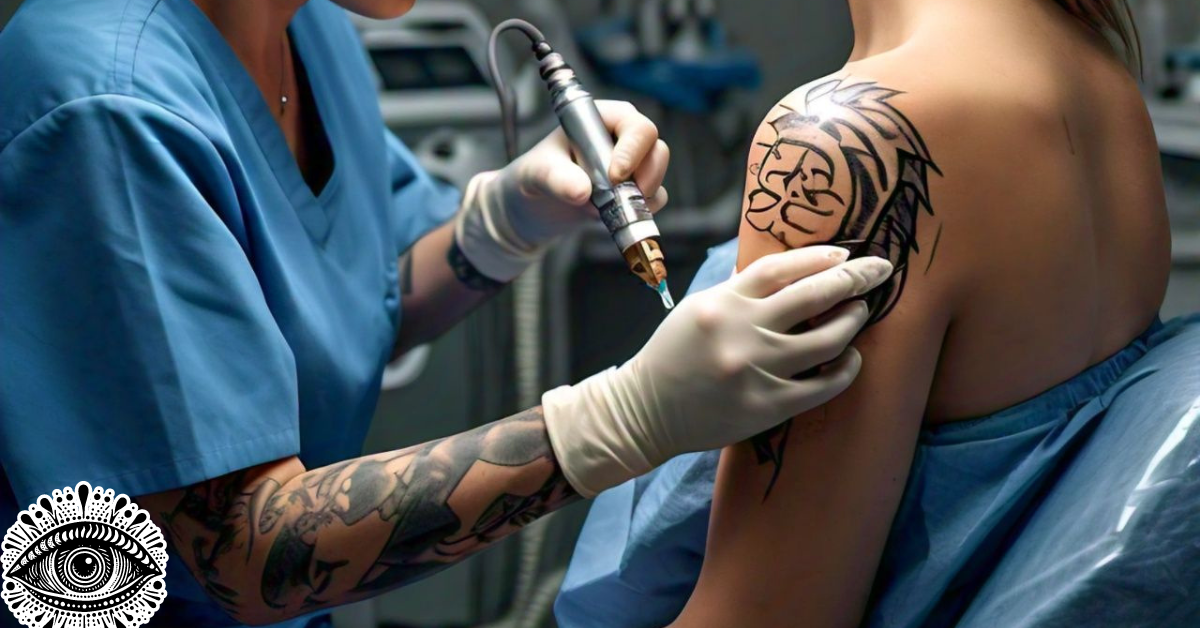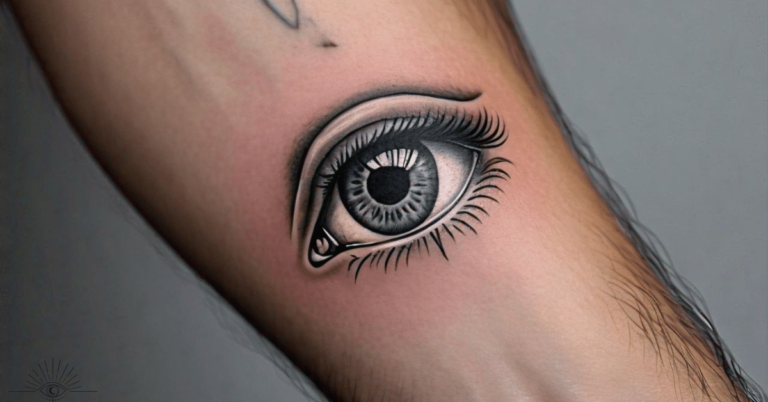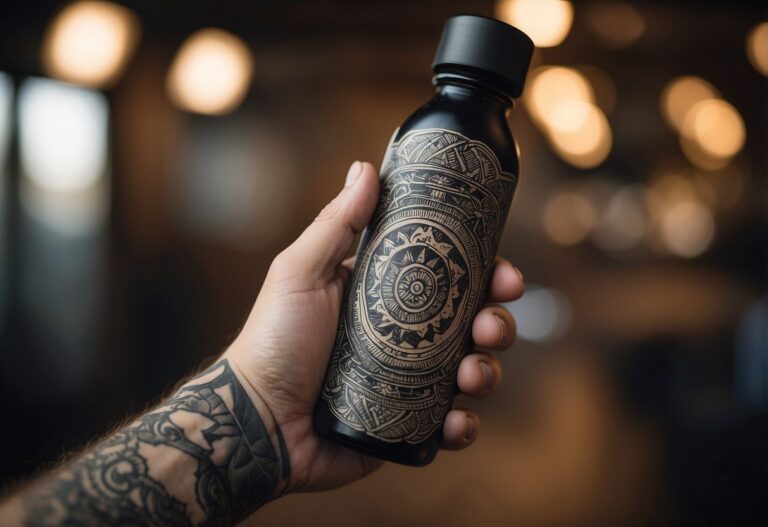Will Laser Tattoo Removal Leave a Scar? Everything You Need to Know
Will laser tattoo removal leave a scar? It’s a question that many people considering tattoo removal ask. The short answer is that while there is a risk, modern laser tattoo removal techniques generally have a low chance of scarring. This might sound reassuring, but it’s important to dive deeper into the details to know what to expect.
Laser tattoo removal works by breaking down ink particles so that your immune system can clear them away. Most people won’t experience severe scarring, but minor changes in skin texture or color can happen. Factors like your skin type, the size and color of your tattoo, and how well you follow aftercare instructions will impact your results.
Taking care of your skin after the procedure is crucial. Following the aftercare steps can significantly reduce the risk of scarring. From keeping the area clean to avoiding sun exposure, these steps can make a big difference in your healing process.
Key Takeaways
- Laser tattoo removal has a low risk of severe scarring.
- Proper aftercare is essential to minimize skin changes.
- Different factors like skin type and tattoo size affect outcomes.
Understanding Laser Tattoo Removal and Scarring
Laser tattoo removal can effectively remove tattoos, but it may carry the risk of scarring. The process works by breaking down the ink particles, and the healing process can vary. Here’s what you need to know about how the procedure works and the risks involved.
How Laser Tattoo Removal Works
Laser tattoo removal utilizes laser technology to break down ink particles in the skin.
The laser emits short pulses of intense light that target the ink. Different wavelengths are used to target various ink colors. The broken ink particles are then absorbed and eliminated by the body’s immune system over time.
The process may require several sessions depending on the tattoo’s size, color, and depth. Because each session helps to gradually fade the tattoo, patience is key.
Commonly used lasers include:
- Q-switched lasers: Effective for most colors.
- Picosure lasers: Known for fewer side effects.
Risks of Scarring from Tattoo Removal
Scarring is a potential risk, even though laser tattoo removal is generally safe.
Keloid scars can develop, especially in those with a history of scarring. These are thick, raised scars that extend beyond the original tattoo site.
Hypertrophic scars are another type but usually stay within the tattoo’s borders and flatten over time. Follow aftercare instructions diligently to reduce these risks.
Hyperpigmentation (darkening of the skin) and hypopigmentation (lightening of the skin) are less severe but also possible. Those with darker skin tones might experience pigmentation changes more often.
Comparing Scarring Risks Across Removal Techniques
Laser tattoo removal isn’t the only method, but it is often preferred due to lower scarring risks compared to others.
Dermabrasion involves “sanding” the skin to remove the tattoo but can lead to significant scarring.
Chemical peels use acids to peel away skin layers but come with high scarring risks.
Surgical excision physically removes the tattooed skin but always leaves a scar.
Tattoo removal creams claim to fade tattoos but are typically ineffective and can cause skin irritation.
Always weigh the risks and consult with a professional to choose the safest method for you. Following precise aftercare instructions is crucial to minimize any potential scarring.
Post-Removal Care and Minimizing Scarring
Taking proper care of your skin after laser tattoo removal can greatly help in minimizing scarring. Here’s how you can care for your skin immediately after the procedure, maintain ongoing care, and take preventive measures to avoid scarring altogether.
Immediate Aftercare Instructions
After your laser tattoo removal session, it’s crucial to follow the right steps to help your skin heal quickly and prevent infection.
- Clean the area: Use mild soap and water. Pat dry with a paper towel.
- Apply antibacterial ointment: This helps fight off any potential infections.
- Cover with a clean bandage: Change the bandage daily to keep the area sterile.
- Use ice packs: If you experience pain and inflammation, ice packs can help reduce both.
- Avoid picking at blisters or scabs: Let them heal naturally to avoid permanent scar tissue formation.
Ongoing Care for Better Healing
Your skin needs continuous care to heal properly without forming scars.
- Keep the area moisturized: Apply ointment like vitamin E oil to help with scar reduction.
- Avoid sun exposure: Use sunscreen with SPF 30 or higher on the treated area for at least three months.
- Stay hydrated: Drinking plenty of water helps maintain skin elasticity and promotes healing.
- Monitor for infection: If you see signs like redness, swelling, or bleeding, consult your dermatologist immediately.
- Ensure adequate rest: Proper sleep aids the immune system in repairing skin.
Preventive Measures to Avoid Scarring
Incorporating some preventive strategies can reduce your chances of scarring.
- Follow your aftercare instructions diligently.
- Consult with your dermatologist: Ask about using silicone gels or corticosteroid creams.
- Avoid activities causing excessive sweating: Sweat can irritate the healing area.
- Use tattoo removal creams cautiously: They can sometimes contribute to scarring if not used properly.
- Avoiding keloid scarring: If you’re prone to keloids, discuss preventive measures with your healthcare provider before starting the removal process.
Taking these steps can significantly reduce the risk of scarring and help you achieve smoother skin post-tattoo removal.







